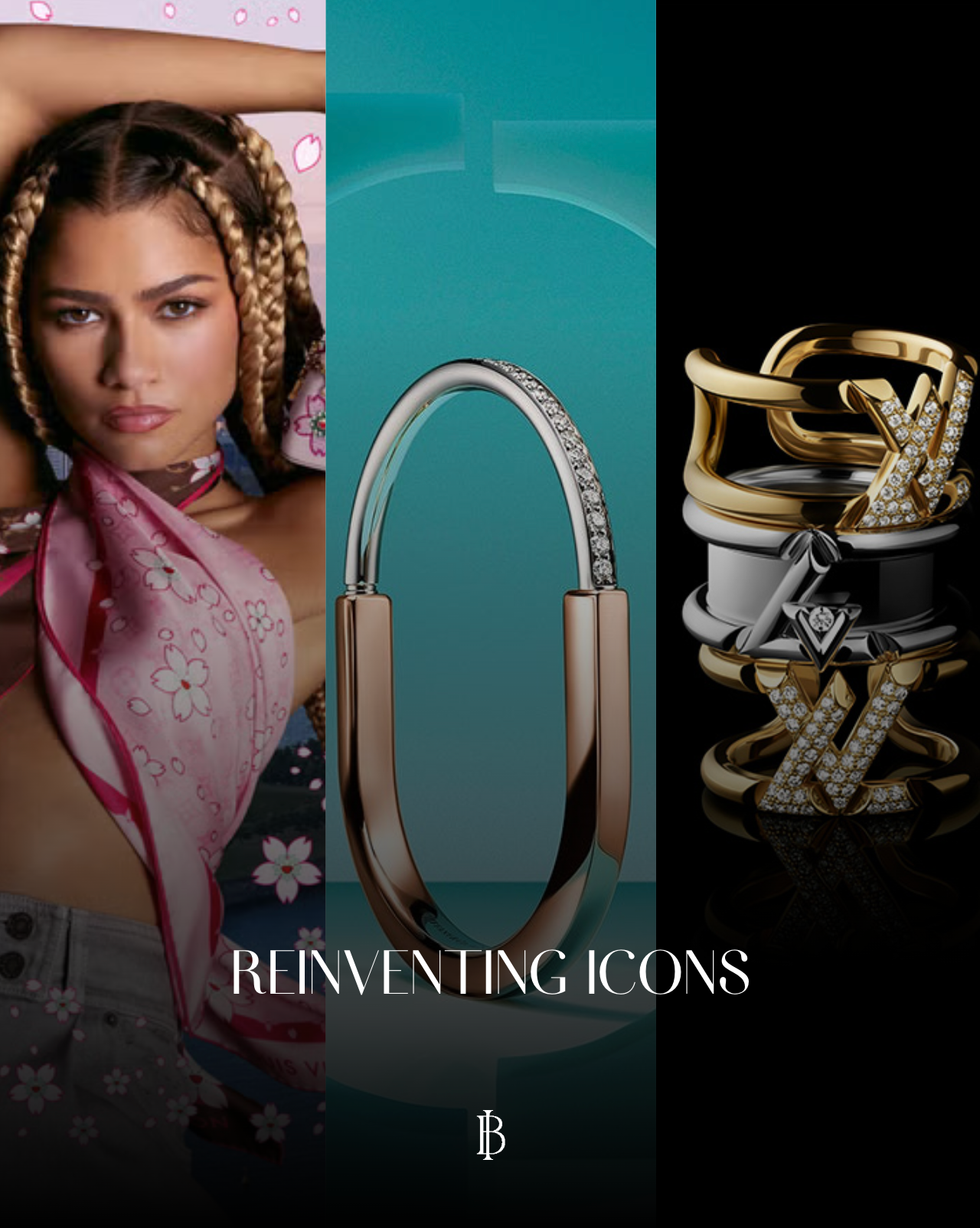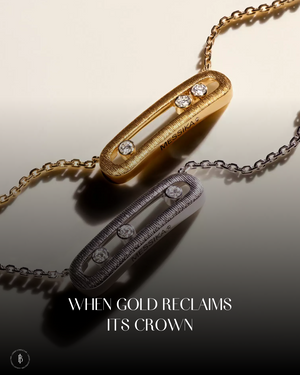In the world of luxury, few things are as powerful, or as challenging, as an iconic design. Heritage brands like Louis Vuitton, Tiffany & Co., and Chopard have built their global reputations on collections that have endured for decades. But in today’s hyper-dynamic market, even icons must evolve.
So how do these brands preserve their DNA while staying fresh, relevant, and desirable to a new generation? Let’s break it down.
Balancing Legacy and Innovation
Luxury is rooted in tradition, but relevance requires reinvention.
Louis Vuitton’s LV Volt collection, for example, reimagines the classic LV initials in architectural, graphic shapes that speak to a younger, design-savvy audience. It’s still unmistakably Vuitton — but it feels new, bold, and wearable every day.

Similarly, Tiffany’s Lock collection takes the brand’s historic padlock motif and gives it a modern, gender-fluid twist, tapping into cultural shifts around inclusivity and self-expression. The result? A collection that honors Tiffany’s archives while capturing the spirit of 2024.

Celebrity Power and Cultural Relevance
If legacy gets you in the room, cultural relevance keeps you there.
Chopard’s Happy Diamonds line has long been synonymous with joyful luxury, but recent campaigns featuring celebrities like Julia Roberts have brought a new vibrancy to the collection. These partnerships help translate timeless designs into today’s cultural language, ensuring that the brand speaks to both loyal customers and new audiences.

Crafting Stories, Not Just Products
Icons aren’t just about aesthetics; they’re about emotional connection.
When Louis Vuitton, Tiffany, or Chopard introduce a reinterpretation, they do more than release a product, they craft a narrative. They invite the audience to rediscover the piece’s origin, symbolism, and evolution.
A young customer doesn’t just buy a bracelet or a ring, they buy into a story, an attitude, a legacy. And that’s where true desirability lies.
Collaborations and Limited Editions
To keep their icons alive, heritage brands often turn to collaborations and limited editions.
Whether it’s Louis Vuitton’s artist partnerships, Tiffany’s capsule drops, or Chopard’s high-jewelry one-offs, these releases create moments of scarcity and excitement that keep even the most familiar collections at the forefront of consumer desire.
Final Thoughts
Reinventing an icon isn’t about changing for the sake of change, it’s about deepening its meaning, relevance, and reach.
Louis Vuitton, Tiffany, and Chopard remind us that in luxury, the past is never static. It’s a living resource, ready to be reinterpreted for every new era.
In a crowded market, brands that master this delicate dance between heritage and innovation are the ones that don’t just survive — they define the future.






